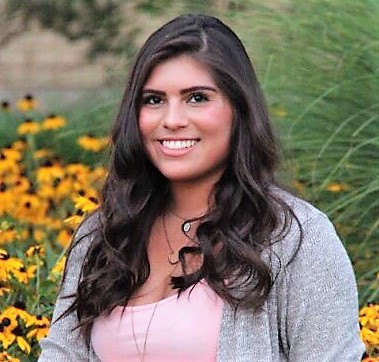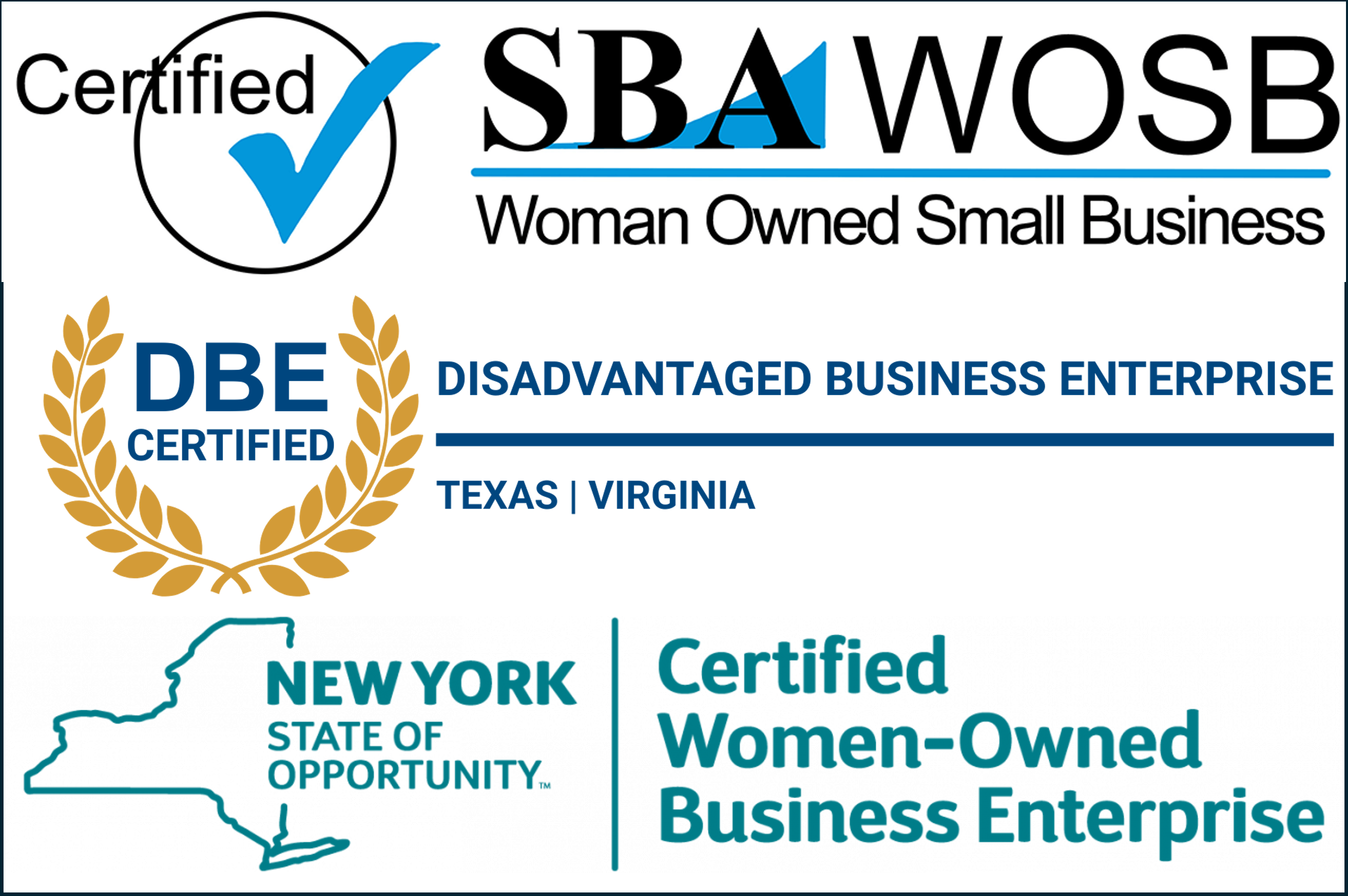By Amy Whitt
 You graduate high school on a Friday and before even a week has passed you are packing up your teddy bear and heading out to sea on your first marine research expedition. This is any budding marine biologist’s dream! Many of us didn’t have our first at-sea research opportunity until we were already in college, graduate school, or even working as a professional marine biologist. Lucky for Alexandria Hahn, a recent graduate of Frisco High School near Dallas, Texas, she gets to train for her career in marine mammal science before she even begins her first year of college at Texas A&M University.
You graduate high school on a Friday and before even a week has passed you are packing up your teddy bear and heading out to sea on your first marine research expedition. This is any budding marine biologist’s dream! Many of us didn’t have our first at-sea research opportunity until we were already in college, graduate school, or even working as a professional marine biologist. Lucky for Alexandria Hahn, a recent graduate of Frisco High School near Dallas, Texas, she gets to train for her career in marine mammal science before she even begins her first year of college at Texas A&M University.
I’ve been mentoring Alexandria during this school year as she has been researching the vaquita, a critically endangered porpoise, as part of her Independent Study and Mentorship (ISM) program. This program helps students learn more about their chosen profession and how to pursue their desired career path. The students conduct informational interviews with professionals in their chosen fields and carefully choose a mentor with whom to work for the remainder of the year. They chose their mentors and began their research last fall.
In January, all of the junior and high school ISM students shared their initial research with the local community during the ISM Research Showcase held at the Dallas Cowboys’ new practice facility at The Ford Center. Alexandria’s showcase presentation included background information on human impacts to marine species and highlighted the disastrous impacts that fishing gear has had on two endangered marine mammal species, the North Atlantic right whale and the vaquita. The ISM students presented their final research project results this May during oral presentations at Frisco High School. Alexandria presented her research on the ecology and conservation management of the vaquita, the world’s most endangered marine mammal species.
I’ve enjoyed sharing career and personal experiences with Alexandria and answering her many questions on what life is like as a marine biologist and how to balance your personal and professional lives. However, describing what it’s like to work in the field does not compare to actually experiencing it firsthand, so when Dr. Natalia Sidorovskaia, Chief Scientist of the LADC-GEMM survey, announced that we had an extra bunk for a female, I immediately volunteered Alexandria. I just had to convince her parents, mainly her dad, that she would be perfectly safe on a ship in the middle of the Gulf of Mexico. This was no easy feat, but they finally agreed to let her go because they knew this was a chance in a lifetime for Alexandria.
Alexandria’s excitement for science is addictive and engaging, and I am eager for this chance to introduce her to some marine mammal research methods and to witness this experience through her eyes. Check out her contributions to our LADC-GEMM 2017 survey blog series here and follow her journey to become a marine biologist on her blog.
***This blog article is part of our LADC-GEMM 2017 Survey blog series. Check out more articles in this series here, on the LADC-GEMM website, and on Alexandria Hahn’s blog. Also, be sure to “Like” the new LADC-GEMM Facebook page!***

